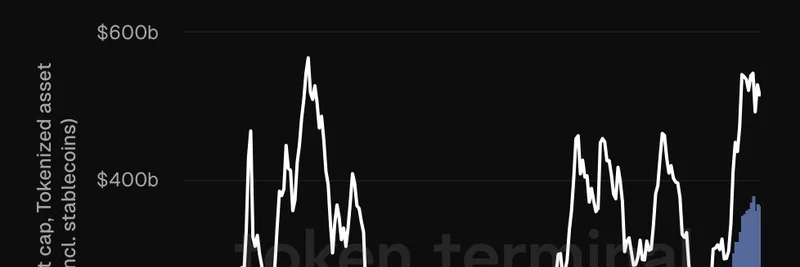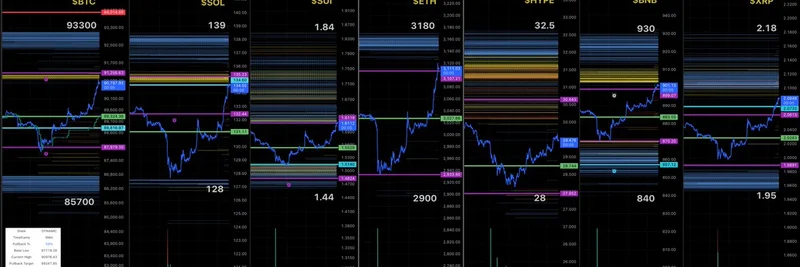Ethereum has long been the backbone of decentralized finance and blockchain innovation, but recent insights from Token Terminal highlight a fascinating dynamic: the market cap of tokenized assets on the network is essentially setting a floor for ETH's own valuation. If you're into crypto, especially meme tokens that often thrive on Ethereum's ecosystem, this could signal big things ahead.
Let's break it down. Token Terminal, a go-to platform for crypto fundamentals, recently shared a thread on X (formerly Twitter) pointing out why stablecoins and tokenized real-world assets (RWAs)—think things like tokenized bonds, real estate, or commodities—are crucial for Ethereum. In simple terms, tokenization means turning traditional assets into digital tokens on the blockchain, making them easier to trade, fractionalize, and integrate into DeFi protocols.
Starting with stablecoins: Ethereum currently commands about 60% of the stablecoin market share. These are cryptocurrencies pegged to stable fiat currencies like the US dollar, used for everything from trading to remittances without the volatility of something like Bitcoin. According to Token Terminal, experts predict another $1.7 trillion in stablecoins will hit the blockchain over the next three years. Even if Ethereum's share dips gradually to 50%, that could mean an influx of $850 billion in new stablecoin supply on the network alone. That's a massive vote of confidence in Ethereum's infrastructure.
But why does this matter for ETH's price? The key insight is in the correlation between tokenized assets and ETH's market cap. Token Terminal's chart shows that the fully diluted market cap of tokenized assets (including stablecoins) on Ethereum has historically acted as a support level—or "floor"—for ETH's overall valuation.
Look at the graph: The blue area represents the market cap of tokenized assets, and the white line is ETH's fully diluted market cap. You'll notice green arrows pointing to periods where the tokenized assets seem to prop up ETH during dips. As more assets get tokenized, they increase demand for ETH—after all, you need ETH to pay for gas fees, interact with smart contracts, and secure the network. This creates a virtuous cycle: more tokenization leads to higher utility, which boosts ETH's value.
For meme token enthusiasts, this is particularly relevant. Many popular meme coins, like those inspired by dogs, cats, or internet jokes, are built on Ethereum or its layer-2 solutions. A stronger Ethereum ecosystem means better scalability, lower fees (thanks to ongoing upgrades), and more liquidity from stablecoins flowing in. Imagine launching your next meme project with access to trillions in tokenized assets—that could supercharge adoption and trading volumes.
Of course, this isn't without challenges. Competition from other blockchains like Solana or Binance Smart Chain could erode Ethereum's dominance, but Token Terminal's conservative estimate of a market share drop to 50% still paints a bullish picture. Plus, with regulatory clarity improving around RWAs, we might see even faster growth.
If you're tracking crypto trends, keep an eye on platforms like Token Terminal for data-driven insights. And for more on how this ties into the wild world of meme tokens, stick around on Meme Insider—we're all about decoding the blockchain buzz to help you stay ahead.
What do you think? Will tokenized assets push ETH to new heights, or is there more to the story? Drop your thoughts in the comments!


